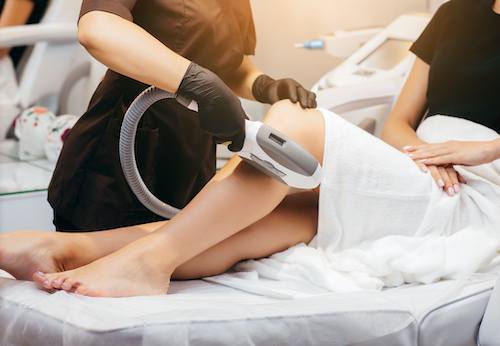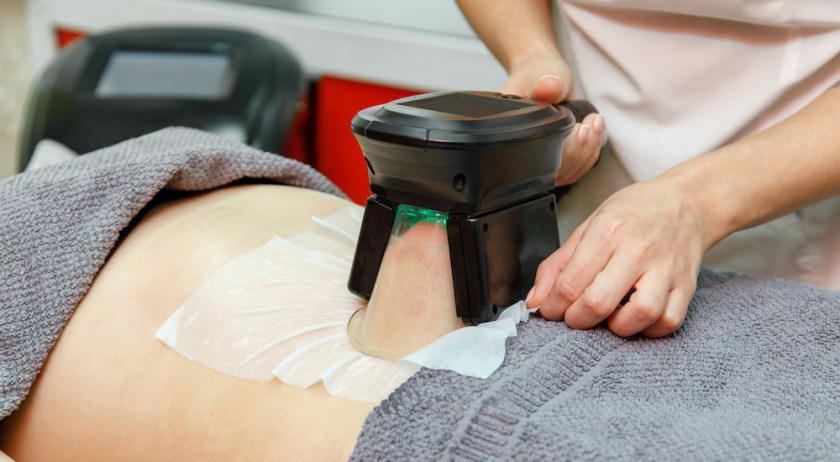They are machines you use every day in your clinic, and they can change lives. Sometimes, not for the better.
The Cosmetic Physicians College of Australia (CPCA) is lobbying for national laser regulations after growing reports of misuse among unqualified therapists resulting in patient disfiguration. President of CPCA Dr Michael Molton says he has witnessed several injuries caused by devices which aren’t limited to ‘just laser’. These include treatments such as fat freezing, ablative CO2 laser and radiofrequency.
“Technically, all energy devices used to improve or maintain appearance are called ‘non-ionising radiation’ devices and must be compliant with the TGA. This is where we see most of the serious injuries and the worst of these, as reported on A Current Affair, are from ‘fat-freezing’ devices,” he said.
A Current Affairs recently reported that two women received second-degree burns from the abuse of laser devices. The segment showed graphic pictures demonising firsthand what can happen when things go wrong. According to ACA, these incidents are not isolated and they receive weekly messages from viewers who had similar experiences with laser devices. Consumers are lured into dangerous clinics with low prices for laser treatments, unbeknown to the lack of medical supervision and experience.

“We also have some clinics charging prices so low for fat freezing to get more experience using the devices. Basically, in my opinion, this is ‘experimenting’ upon patients without the patient realising that the operator has only had a few hours being shown how to use the device. The truth is, Coolsculpting, the genuine article, has a very long and steep learning curve for operators. You simply can’t get proficient at this without supervision and ongoing mentoring,” Dr Molton Said.
Regulations governing the use of lasers vary among states, and even where they are present, enforcement is lacking. Patients put their trust in the practitioner that they will be treated with a duty of care. However, with a wide range of practitioners performing cosmetic medicine procedures in Australia – all with varying degrees of training, experience, education and understanding – there is a wide discrepancy in skill levels and accountability.
“Really, we are talking about medical treatments using Class 4, and Class 3B non-ionising radiation devices that emit light energy you cannot see and can severely injure patients. And, in fact, you can blind a person with IPL (intense pulsed light) as they are just as hazardous as lasers,” Dr Molton adds.
Patients are vulnerable individuals to whom health practitioners owe a duty of care to ensure their safety comes first
Dr Michael Molton, President of CPCA
Dr Sean Arendse is also a board member for the CPCA and says he sees laser inflicted injuries too often. There is a misconception among patients that laser is a safe and easy device to use, but it can cause several ongoing medical issues and scarring. The responsibility of ensuring a practitioner is adequately qualified to use a device currently falls on the patient, which is why the CPCA is lobbying for national regulation. Until that happens, the only advice both doctors can give to patients is to be overly cautious when inquiring in any laser treatment.
“At the very least the patient should ask the operator if they have completed a recognised ‘Laser Safety Officer Certificate Course’ and if they have not, then walk away. If they have, it would be useful to know how long they have been using the laser. Alarm bells should ring if it’s only a few months or weeks,” Dr Arendse said.
DID YOU KNOW
There are 5 ways you can catch up with SPA+CLINIC?
- Our quarterly print magazine, delivered to your door. Subscribe here.
- Our website, which is updated daily with its own completely unique content and breaking news.
- Our weekly newsletter – free to your inbox! Subscribe here.
- Our digital magazine – click here to view previous issues.
- Our social media – see daily updates on our Instagram, Facebook & Linkedin




